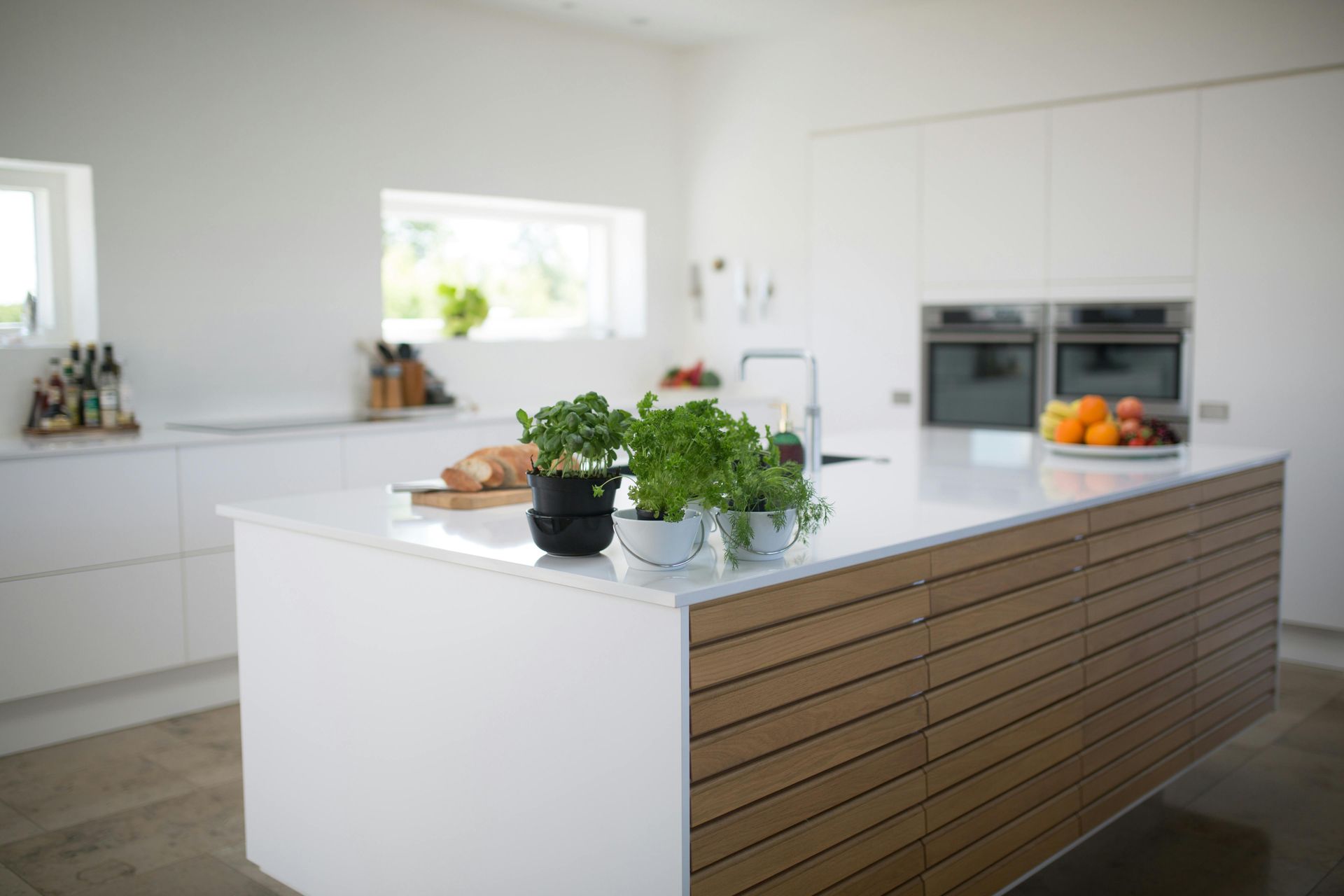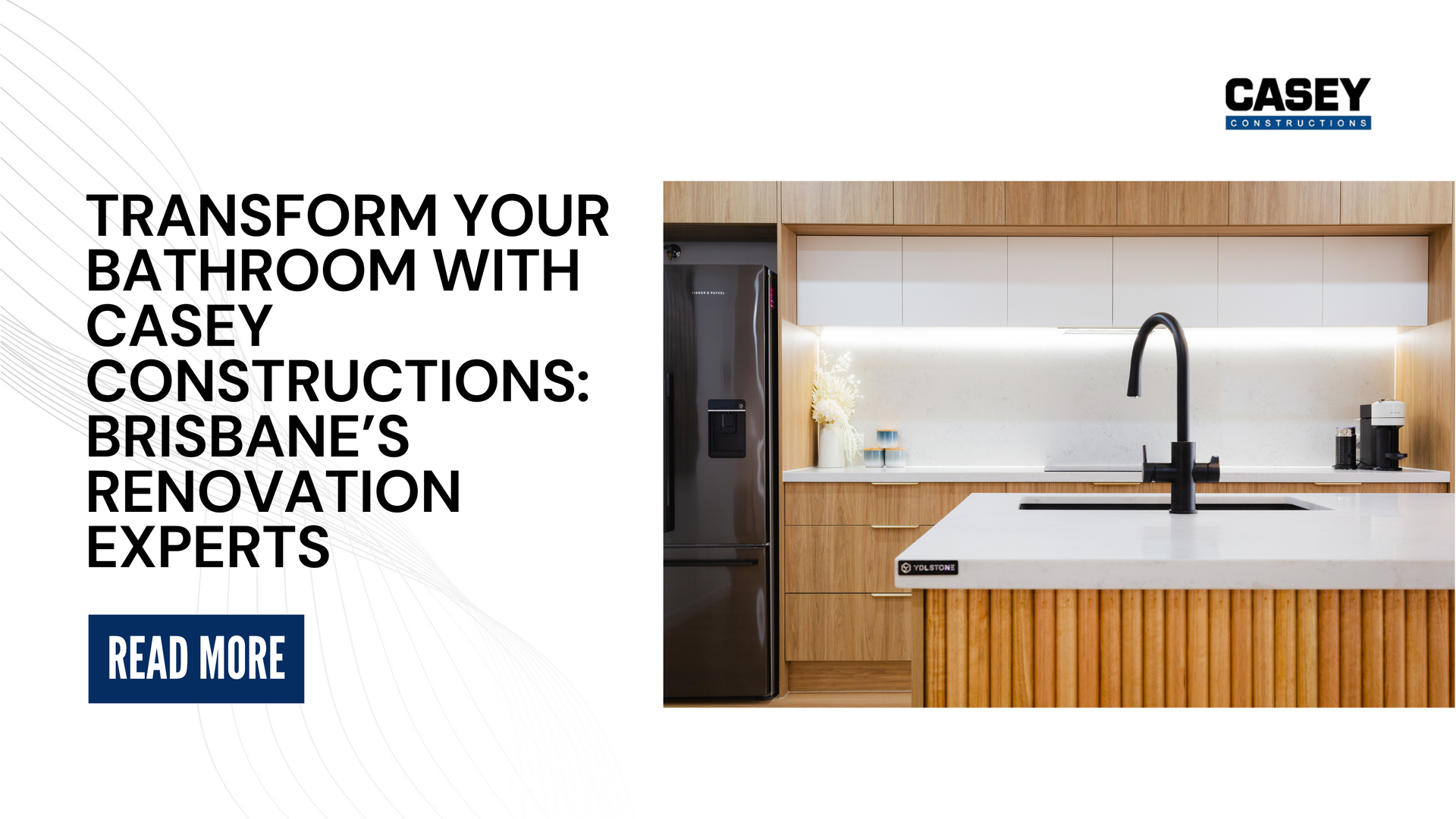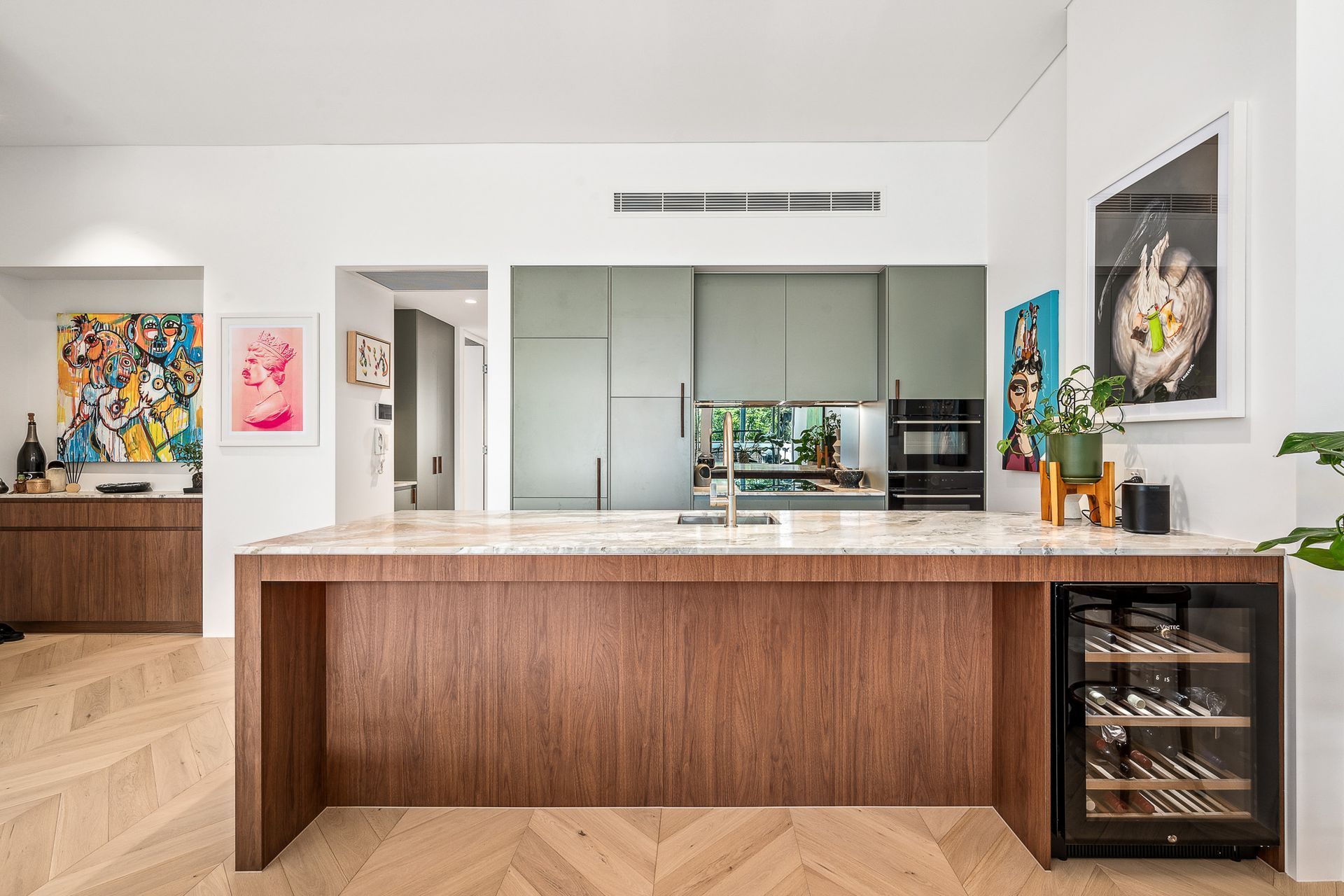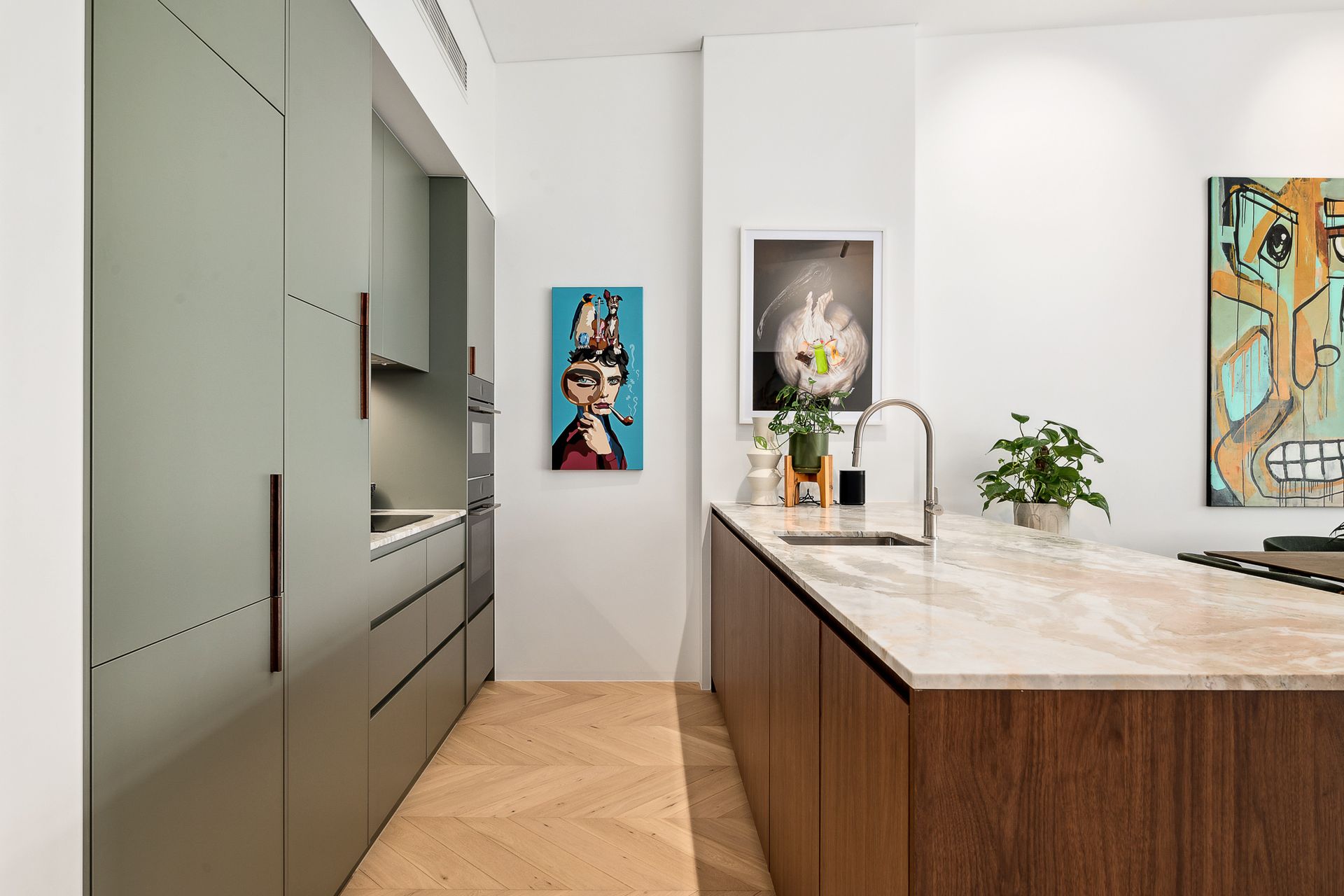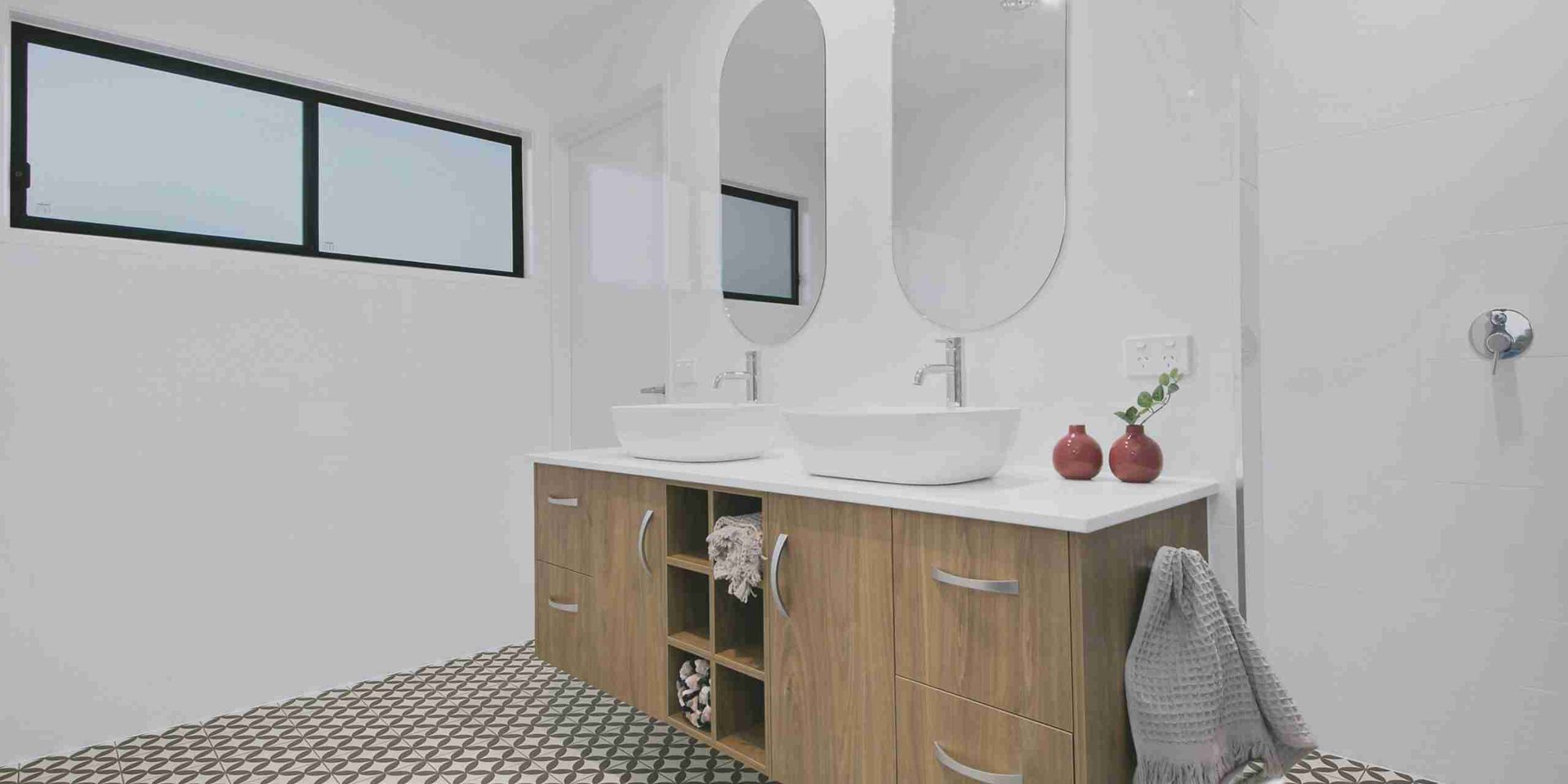The Benefits of Adding a Floating Vanity in Your Bathroom Renovation
When planning a bathroom renovation, choosing the right vanity is one of the most crucial decisions you’ll make. The vanity serves as both a functional space for storage and a key design element that can set the tone for the entire room. In recent years, floating vanities have become increasingly popular due to their modern aesthetic, space-saving design, and versatility. Here’s why a floating vanity might be the perfect addition to your bathroom renovation.
1. Creates a Modern, Sleek Look
One of the most significant advantages of a floating vanity is the sleek, contemporary look it provides. By mounting the vanity off the floor, you create clean, uninterrupted lines that contribute to a minimalist and modern aesthetic. This design choice can make your bathroom feel more open and less cluttered, which is particularly beneficial in smaller spaces.
Floating vanities often feature streamlined designs with integrated sinks, handleless drawers, and simple finishes, all of which contribute to a polished, modern appearance. Whether you’re aiming for a completely modern bathroom or want to incorporate a contemporary touch into a more traditional space, a floating vanity can be the perfect focal point.
2. Maximises Floor Space
One of the most practical benefits of a floating vanity is that it frees up floor space, making your bathroom feel larger and more open. This is especially important in smaller bathrooms or powder rooms, where every square inch counts. By keeping the floor clear, a floating vanity creates the illusion of more space, which can make even the tiniest bathroom feel more comfortable and inviting.
Additionally, the open space beneath the vanity can be used creatively. You can place decorative baskets for additional storage, install lighting to create an ambient glow, or simply enjoy the extra legroom. This flexibility makes floating vanities an excellent choice for bathrooms of all sizes.
3. Offers Versatile Design Options
Floating vanities come in a wide range of styles, materials, and finishes, giving you the freedom to customise your bathroom’s look to suit your taste. Whether you prefer a natural wood finish for a warm, organic feel or a high-gloss lacquer for a sleek, modern vibe, there’s a floating vanity to match your vision.
You can also choose from various configurations, including single or double sinks, multiple drawers, and open shelving. This versatility allows you to design a vanity that not only fits your bathroom’s aesthetic but also meets your storage needs.
4. Improves Cleaning and Maintenance
Another practical advantage of a floating vanity is that it makes cleaning your bathroom easier. With the vanity raised off the floor, you can easily sweep or mop underneath it, ensuring that dust and dirt don’t accumulate in hard-to-reach corners. This not only keeps your bathroom cleaner but also reduces the time and effort required for maintenance.
Moreover, the smooth surfaces and minimalist design of most floating vanities make them easier to wipe down and keep spotless. If you’re looking for a vanity that combines style with low maintenance, a floating design is an excellent choice.
5. Supports Weight and Conceals Plumbing
One of the practical considerations when installing a floating vanity is ensuring that it is properly supported and that the plumbing is effectively concealed. At Casey Constructions, we can cover the waste pipe with Gyprock wall sheets that are then waterproofed and tiled, making the plumbing almost invisible to the eye. This approach not only enhances the clean, modern look of the vanity but also helps to support the weight of the vanity itself.
By creating a solid, reinforced structure behind the vanity, we ensure that it remains securely mounted and does not tilt or shift over time, even if someone leans on it. This additional support is crucial for maintaining the long-term stability and safety of your floating vanity, giving you peace of mind that it will stand the test of time.
6. Enhances Lighting and Ambience
The space beneath a floating vanity offers a unique opportunity to enhance your bathroom’s lighting and overall ambience. By installing LED strip lighting underneath the vanity, you can create a soft, ambient glow that adds warmth and sophistication to the room. This type of lighting is particularly effective for evening use, as it provides enough illumination to navigate the space without the need for harsh overhead lights.
In addition to improving the mood of the bathroom, under-vanity lighting can also serve as a practical nightlight, making it easier to use the bathroom at night without disturbing others.
7. Adapts to Any Bathroom Size
Floating vanities are not limited to small bathrooms; they work just as well in larger spaces. In a large bathroom, a floating vanity can create a stunning focal point, especially when paired with other modern design elements like large-format tiles or a frameless shower enclosure. You can also opt for a longer floating vanity with dual sinks, offering both style and practicality for a master ensuite.
In smaller bathrooms, the space-saving benefits of a floating vanity are even more pronounced. By keeping the floor area clear, you maximise the usable space, making the bathroom feel more spacious and less confined.
Every Home is Unique
When it comes to bathroom renovations, there’s no one-size-fits-all solution. Every home has its own unique style, space constraints, and functional needs. At Casey Constructions, we understand the importance of creating a bathroom that reflects your personal taste while meeting your practical requirements. Whether you’re looking to install a floating vanity as part of a complete bathroom overhaul or simply want to update your existing space, our team has the expertise to guide you through the process.
Final Thoughts
A floating vanity offers numerous benefits, from creating a modern, sleek look to maximising floor space and improving maintenance. Whether you’re renovating a small powder room or a spacious master bathroom, a floating vanity can be a stylish and practical addition that enhances the overall design and functionality of the space.
At Casey Constructions, we’re committed to helping you achieve your dream bathroom. From selecting the perfect vanity to ensuring a seamless installation with proper support and concealed plumbing, we’re here to support you every step of the way. Let’s work together to create a bathroom that not only meets your needs but also exceeds your expectations.
